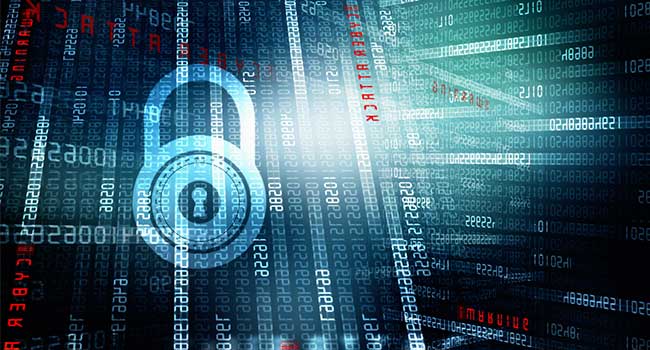
Stepping Up Security in the Distributed Enterprise
For the distributed enterprise, these managed solutions offer next-level security – a necessary step above the basics.
- By Dan Rasmussen
- Oct 29, 2018
The proliferation of cloud applications, the demand for bandwidth and connectivity, the rise of IoT and more are driving constant innovation and improvement in network technology. Unfortunately, increased reliance on the network creates more security vulnerabilities, and bad actors looking to take advantage are introducing new threats all the time. Today’s enterprises must look beyond baseline security tactics – such as a standard UTM stack of next generation firewall (NGFW), intrusion detection (IDS), intrusion prevention (IPS), antivirus and content filtering – to address relentless cyber security risks.
An examination of the evolving demand on networks illustrates the specific challenges confronting enterprises. From company email to employee training portals and mobile POS, applications that used to run through a proprietary data center or via VPN are now cloud-based. While this can improve speed and cost efficiencies (both capital and operating), increasing reliance on the cloud and web further exposes enterprises to attack.
Consider the many third-party applications of common enterprise businesses – retail loyalty programs via mobile devices, tablet ordering in restaurants and integration with services like Grubhub and Uber Eats, and concierge services in hotels, to name just a few. These and other so-called “Shadow IT” solutions installed by outside parties can be red carpets into an enterprise network for those with malicious intent.
Finally, a distributed organization with up to hundreds of different sites presents a large attack surface. And, with more brands going to a franchise model, companies have less control over what is operating on the network. For instance, the growing prevalence of IoT devices, like surveillance cameras, personal digital assistants and other technologies introduced by individual locations, creates weaknesses ripe for exploitation. Any breach within the enterprise can impact the entire brand.
As enterprises rely increasingly on their networks, they must go beyond the basics to protect corporate data as well as personally identifiable information (PII) of both customers and employees. For the distributed enterprise, with its unique security challenges, these managed solutions offer next-level security – a necessary step above the basics:
Application Control – Moving beyond traditional content filtering (for instance, ensuring “family-friendly” content), Application Control blocks or restricts unauthorized applications from executing in ways that put data at risk.
Data Leak Prevention (DLP) – DLP rapidly identifies, assesses and prevents potential leaks of highly sensitive information.
End-point Protection – Configuring security profiles on end devices, like PCs or mobile POS, prevents loss of data at the point of the breach. Physical end-point protections prevent credit card skimmers and similar hardware and software threats being placed on these devices.
Security Information Event Management (SIEM) – In the event of a security threat, managed Security Information Event Management (SIEM) provides a team of professionals to examine an alert, assess the level of threat and either consult an enterprise on a solution or act on its behalf to mitigate the problem. This type of timely incident response can isolate an infected portion of a network before damage grows widespread.
AI and Behavioral Analytics – In addition to human intelligence to analyze threats, enterprises should consider automated ways of assessing potential security breaches – artificial intelligence and behavioral analytics can predict and thwart attempts to compromise data.
Expanded Use of Encryption – Most retailers have completed the EMV chip-card transition of payment terminals (though retail petroleum, faced with the significant cost of upgrading pumps and POS, is still evolving). But EMV is just the tip of the iceberg for securing credit card data and preventing identity theft. Enterprises should invest in point-to-point encryption and upgrade as soon as possible to WPA3 standards.
Keeping enterprise networks secure is an ongoing battle best fought with forward thinking and advanced managed security. The more sophisticated the defenses, the more innovative and aggressive the attacks. Enterprises must be vigilant about their security protocols – addressing not just today’s baseline needs, but going above and beyond to fortify their networks against future threats.